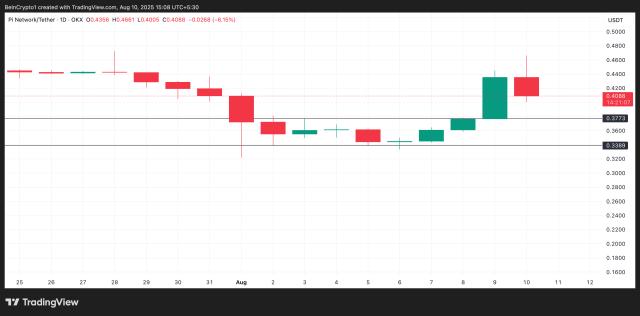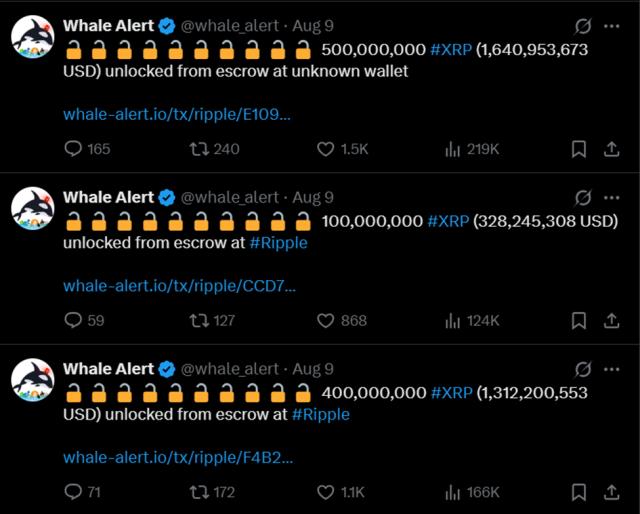Author: Candy@TEDAO
Original Title: Focusing on Operations, Not Technology: How Can Hyperliquid Move the Exchange's "Growth Black Box" On-Chain?
Introduction | Can the "Commercial Ledger" Behind Transactions Be Made Public?
In the DeFi world, every transaction is recorded on an immutable public ledger that anyone can verify. We are accustomed to seeing each exchange on decentralized exchanges like Uniswap, but information often stops at "this transaction occurred".
Where did this transaction come from? Was it recommended by a KOL or brought by a trading tool? For a long time, such attribution has largely relied on internal project systems or centralized backend processing, the so-called "growth black box": while transactions themselves can be verified on-chain, promotion sources are typically tracked off-chain. This is not coincidental, but a consideration of technology and cost—on mainnets like Ethereum, adding extra identifiers to each transaction would significantly increase gas fees and potentially bring security challenges, so many projects choose to store their "commercial ledgers" off-chain.
Hyperliquid is a decentralized trading platform running on a self-developed underlying blockchain network (self-developed L1), where users can trade perpetual contracts. Unlike other platforms, it chooses to make key business data and trading logic public on-chain, achieving comprehensive transparency from financial transactions to growth attribution, making the exchange's "backend" more intuitively present as a traceable growth map.
I | Public "Commercial Ledger": Seeing Where Growth Comes From
Hyperliquid's data panel (provided by third-party data analysis platform Allium) is like a real-time "war room". It not only shows macro trends but also reveals who (wallet address), what tools, and when drove market changes. The approach is to structurally write source information into the protocol path, first clarifying two dimensions:
Builder (Order Level): Record the tool used for placing orders in the order parameters (such as builder field). This allows comparing transaction, fees, and retention by tool, and enables source attribution.
Referral (Account Level): Bind "who recommended you" on the account side, with discounts and commissions settled on-chain according to protocol rules. This allows cross-verification of promotion additions and transactions with on-chain settlement and official/third-party panels, facilitating budget and ROI assessment.
[Images omitted]
Simple Example: How to Connect Transactions and Growth?
Scenario A (Builder | Order Level)
Trader Bob places an order using developer David's "TradePro" tool, with the order carrying David's address (builder parameter); the protocol automatically records this address and corresponding fees on-chain, and completes profit sharing according to rules.
Scenario B (Referral | Account Level)
Trader Alice registers through KOL Emma's referral code, establishing an on-chain verifiable referral binding between Alice's account and Emma; subsequently, Alice enjoys transaction fee discounts, and the system statistically tracks discounts and automatically allocates commissions to Emma.
[Images omitted]
II | When Growth Contribution Becomes Trustless
When "growth attribution" moves from off-chain to on-chain, the entire value chain changes—let's look at this from rules, settlement, and data perspectives:
1. Rules: From "Variable Interpretation" to "Protocol Layer Rules"
Key logic is solidified into contracts, executed by the network collectively; replacing temporary interpretations with code constraints enhances rule neutrality and predictability.
2. Settlement: From "Manual Approval" to "Automatic Clearing"
Taking Builder (order level) as an example: Users first set a "maximum fee authorization" for the developer's address, and subsequent orders carry the builder parameter, with the protocol completing profit sharing on-chain without any manual intervention.
3. Data: From "Promotional Reports" to "Traceable Ledger"
All key actions—placing orders, canceling orders, liquidation, discount application—are written on-chain, allowing anyone to independently verify in the public ledger, without relying solely on promotional claims.
[Remaining content continues in similar professional translation style]







